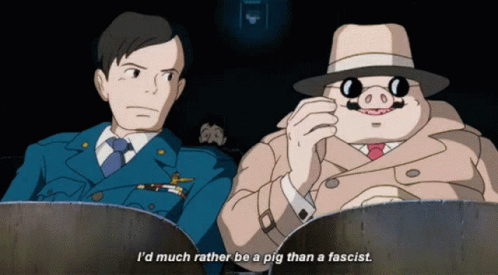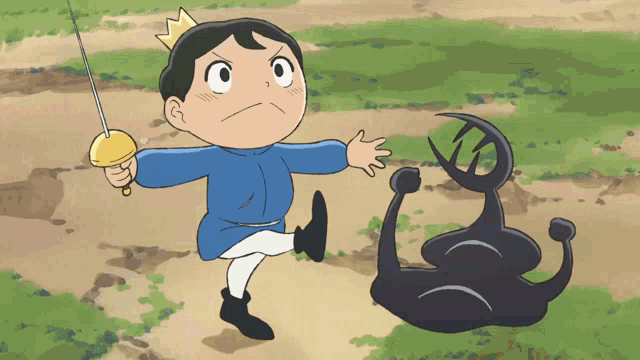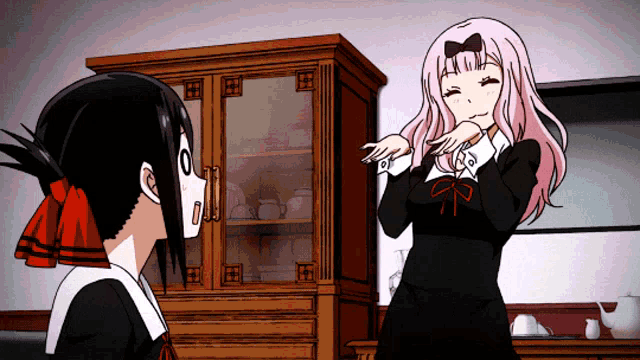S2:E6 Tequila-Tasting With Vampire Idols

Back in Tokyo, I would sometimes check out the Tokyu Hands in Shinjuku to buy art supplies that would inevitably go unused. On my way out one afternoon with some nice pencils and a 17x11 drawing pad I noticed an employee in her green apron grinning broadly as she passed a bag to an older man. He had a white hair and beard but surprisingly black eyebrows over wide spectacles that I noticed just as he turned. We sustained eye contact for maybe a half-second as I made my way downstairs, and for some reason he seemed familiar, looking back at me with the hesitation of someone who felt recognized, but it wasn’t until I’d made my way to the ground floor that I realized whom it could have been, maybe.
What I'm Up To
I’ve been using Unity a lot for work these days, and since learning some new programming concepts have taken another stab at a game of my own. No matter how often I convince myself that making games might not be for me – especially as I learn about the terrible labor conditions of so many studios – I always end up trying again, and get a little closer every time towards having something resembling a plan.
This time, I tried making as simple a JRPG as I can tolerate: turned-based battles, but with no overworld, just a map that lets you choose your next battle. I managed to script together the battle system, which is both further than I thought I'd get but also harder than I thought. Maybe next I'll try making a visual novel?

Meanwhile, I took a break from making my own Fire Emblem hack after getting over a creative block designing the very last map and realizing that I have yet to write a single line of dialogue. So instead, I started a little project I first conceived nearly two years ago. The idea is simple: just imagine your favorite ensemble casts, whether in games, books, or TV, without any men – what would that look like? How would that change the relative weight of responsibilities for the characters (if any) who remain?
Fire Emblem: Blazing Blade happens to be a great space for exploring these questions. While you normally have plenty of characters to choose from as you save the world from darkness and dragons, basically allowing for infinite ways of beating the game, your options become far more limited once you limit yourself to using women.
The hack itself began quite simply – every time you start a new level, all of the men in your party disappear, while levels that require male heroes to be present have such conditions removed. But that alone exposed major obstacles. For example, in most Fire Emblem games, archers are unable to engage in close quarters combat, making it difficult to use them without the support of a melee unit. However, your first and only non-male unit capable of fighting for the first four chapters of Blazing Blade’s main campaign is the archer Rebecca. You can imagine how that doesn’t make for much of a playable experience…
Well, coming up with ways around these obstacles is part of the fun and challenge of designing the hack. I’m currently playtesting the campaign myself, with hopes that I can introduce it friends and fans. I think it’d be fun to host a show where I play with guests as we discuss what it means to make media inclusive. Any volunteers?

What I'm Enjoying
Vampire in the Garden: This five-episode fantasy hardly wastes a moment telling how the human Momo and vampire Fine resist the hate-fueled-expectations of their communities, and find confidence in each other through music. While it might be formulaic as far as tragic romances go, I felt like featuring two girls offered more room to interpret the chaos they overcame and that their main adversaries, Momo’s mother and uncle, could not.
Ao Ashi: I was much more interested in how this show started – middle school soccer player Ashito catches a visiting coach’s eye after he’s disqualified for headbutting a kid on the other team who was talking smack about his mom, who works at a night club to make ends meet. He’s invited to try out for a prestigious youth team in Tokyo and manages to make the cut, but immediately worries about the financial burden it may bring his family. And so, he decides that he has no choice but to make it as a pro. After that…well, it follows a pretty standard sports anime plot – so still fun! Just not what I thought it’d be.
Love All Play: I have a rough relationship with badminton – in my senior year of high school, I dislocated my shoulder the last of too many times playing a losing game of badminton and had to get surgery, effectively ending my high school wrestling career just as I became captain. Perhaps that’s irrelevant. I do like the show’s animation style – the eyes remind me of anime from the 90s or early 2000s. I’m a little tired of the asshole upperclassmen trope, but I think it will make the protagonist’s eventual victory taste all the sweeter.
Almost Transparent Blue, by Ryu Murakami: [CW: substance abuse, sexual violence, racism] This semi-biographical account of Murakami Ryu and his friends’ sex, drugs, and music-filled escapism from dread and disillusionment under Japan’s rapid economic growth and American military presence in the 70s won the Akutagawa Prize when he was just 24. In what reads like a kind of lucid dream, the character Ryu weaves together the occasionally sober conversation with hazy recollections of substance-induced trips and violent episodes of group sex and r*pe by American soldiers described using anti-Black caricatures, painting a vulnerable and complicated self-portrait I didn’t think someone could write about themselves.
白いしるし (Shiroi Shirushi), by Kanako Nishi: After her drinking buddy invites her to his friend Mashima’s gallery, artist Natsume falls in love with his pure white painting of a mountain, a far cry from her explosive work. Over the next few months, against her better judgment, she becomes obsessed with Mashima himself, losing a handle on her own life in the process. I tried reading this book a few years ago but a lot of it went over my head, so it was nice to recognize how much my Japanese reading comprehension has improved since then. As for the story itself – in part about a woman in her thirties spiraling as she figures out life while handling the expectations around her, in part about how artists make art – made me slightly anxious about my own journey from here, but also relieved that I have a few more lifeboats around me.

Tequila and Boomerang, by Tamamushi: A Japanese student studying abroad struggles to navigate cultural differences as he builds relationships with his classmates, only to realize that his own biases play a part in his difficulty understanding them. As a story with a relevant-if-clichéd lesson (people are all different, and you can’t paint a group with the same brush!) I think it works well as a one-shot comic. I’m always skeptical of outsider fish-out-of-water narratives written by or about men because of how they invariably fetishize the woman who becomes the “local” romantic interest, but this story tries to confront those assumptions and expectations head on.

Oshi no Ko, by Aka Akasaka and Mengo Yokoyari: I had my eye on this manga since learning it had won a few awards, but never worked my way into it since I’ve never been that curious about the idol industry. Well, as I caught up on all ~100 chapters over a weekend I learned that there’s way more to unpack than I thought! I’ve appreciated the series’ perspective on the entertainment industry at large, as a space that like any other business is motivated by profit and treats the artists who comprise it as assets, whose value is measured under the pressure and scrutiny of the public that they must fend themselves.

Perfect World, by Rie Aruga: When Tsugumi reunites with her high school crush Itsuki at work, she learns that he’s become the architect he’s always wanted to be – and that he can no longer walk, ever since a spinal cord injury in college. As the pair try to navigate their new relationship after so many years, first as friends, and eventually as a couple, we learn alongside Tsugumi about the physical and emotional challenges that people living with SCI endure, as well the unique burden that loved ones carry as de-facto caretakers in a world predisposed to isolate and ignore disabilities. I got three volumes for free, but I’d like to keep reading!
I've been sitting on this post a while for no particular reason, and in that time, I read a few more books (背高泡立草 by Makoto Furukawa, Elite Capture by Olúfẹ́mi O. Táíwò), made progress on Divinity: Original Sin 2, and started some more anime. I'll write about those next time, hopefully before I start school!







